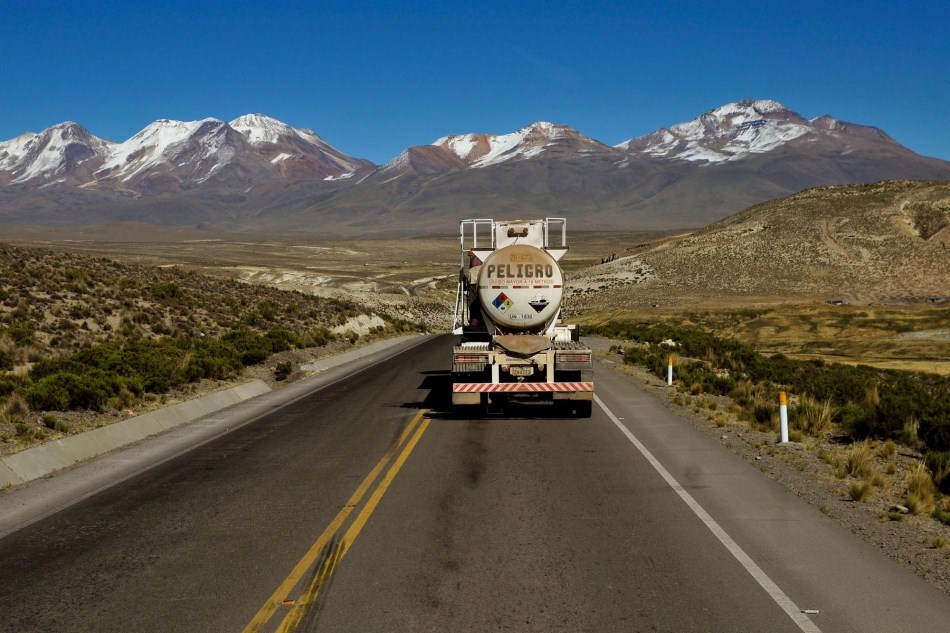The Pan-American Highway is a network of roads stretching across the American continents and measuring about 30,000 kilometres (19,000 mi) in total length. Except for a rainforest break of approximately 106 km (70 mi), called the Darién Gap, the roads link almost all of the Pacific coastal countries of the America in a connected highway system.
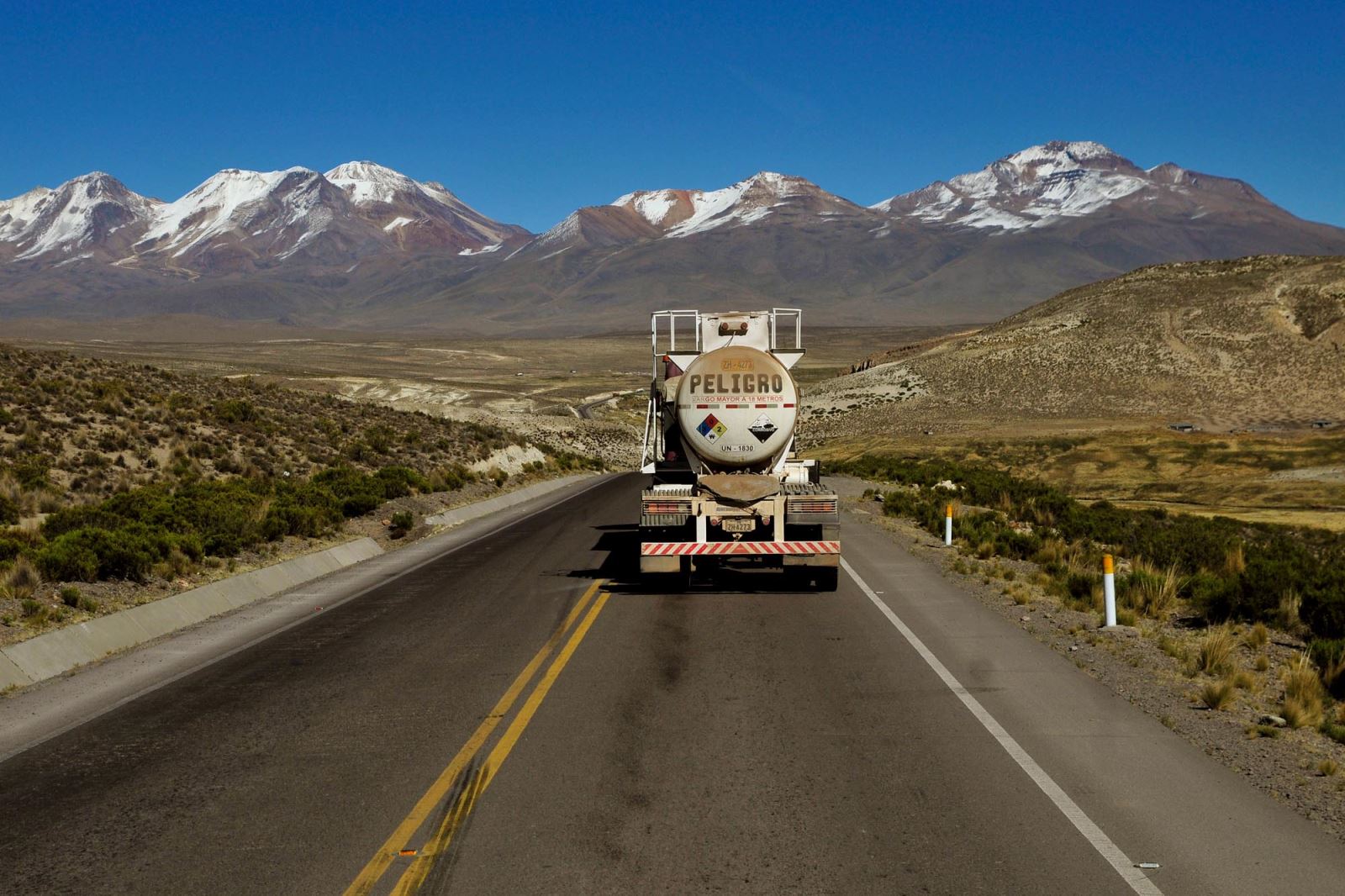
The Pan-American Highway is the world's longest "motorable road". However, because of the Darién Gap, it is not possible to cross between South America and Central America with conventional highway vehicles.
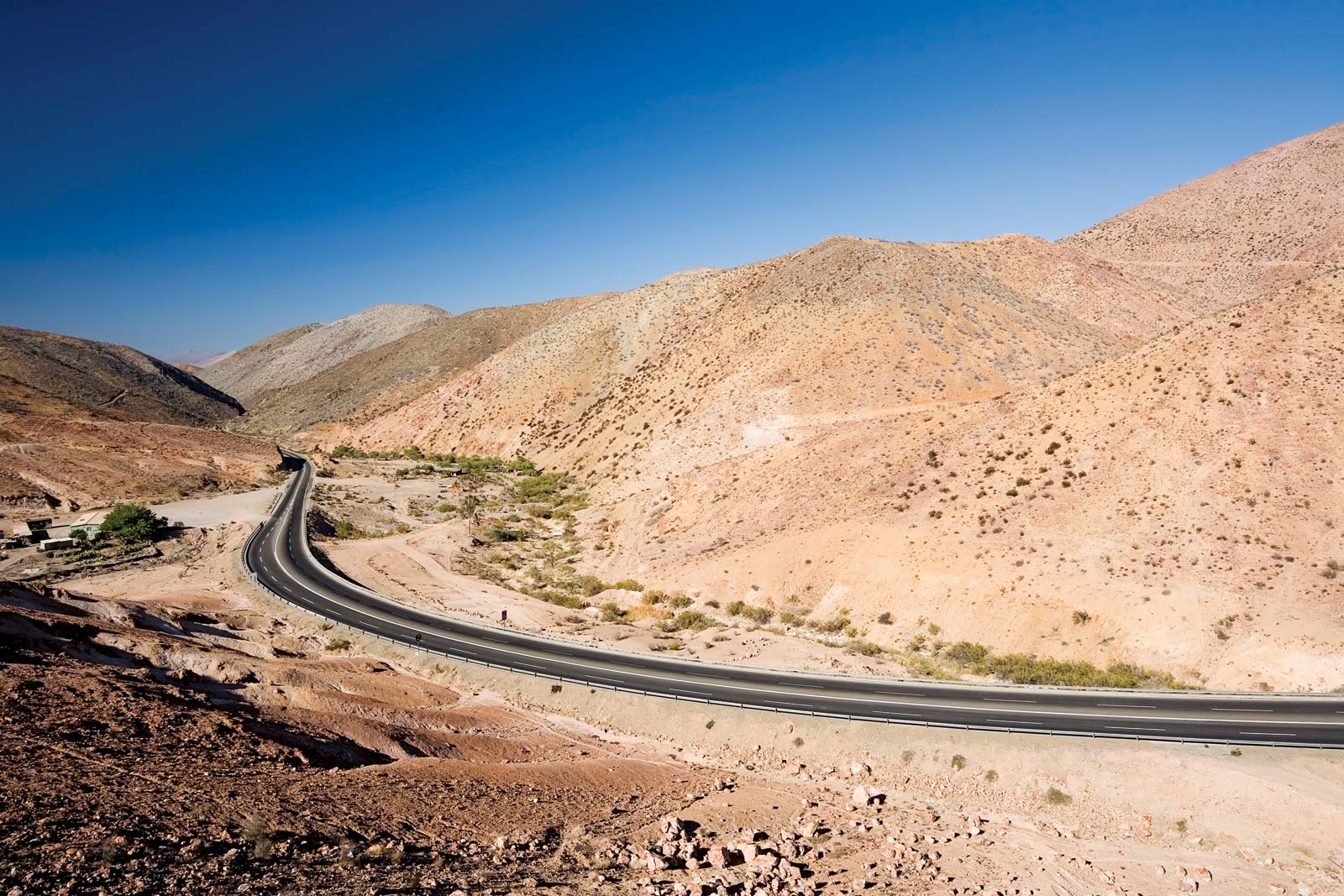
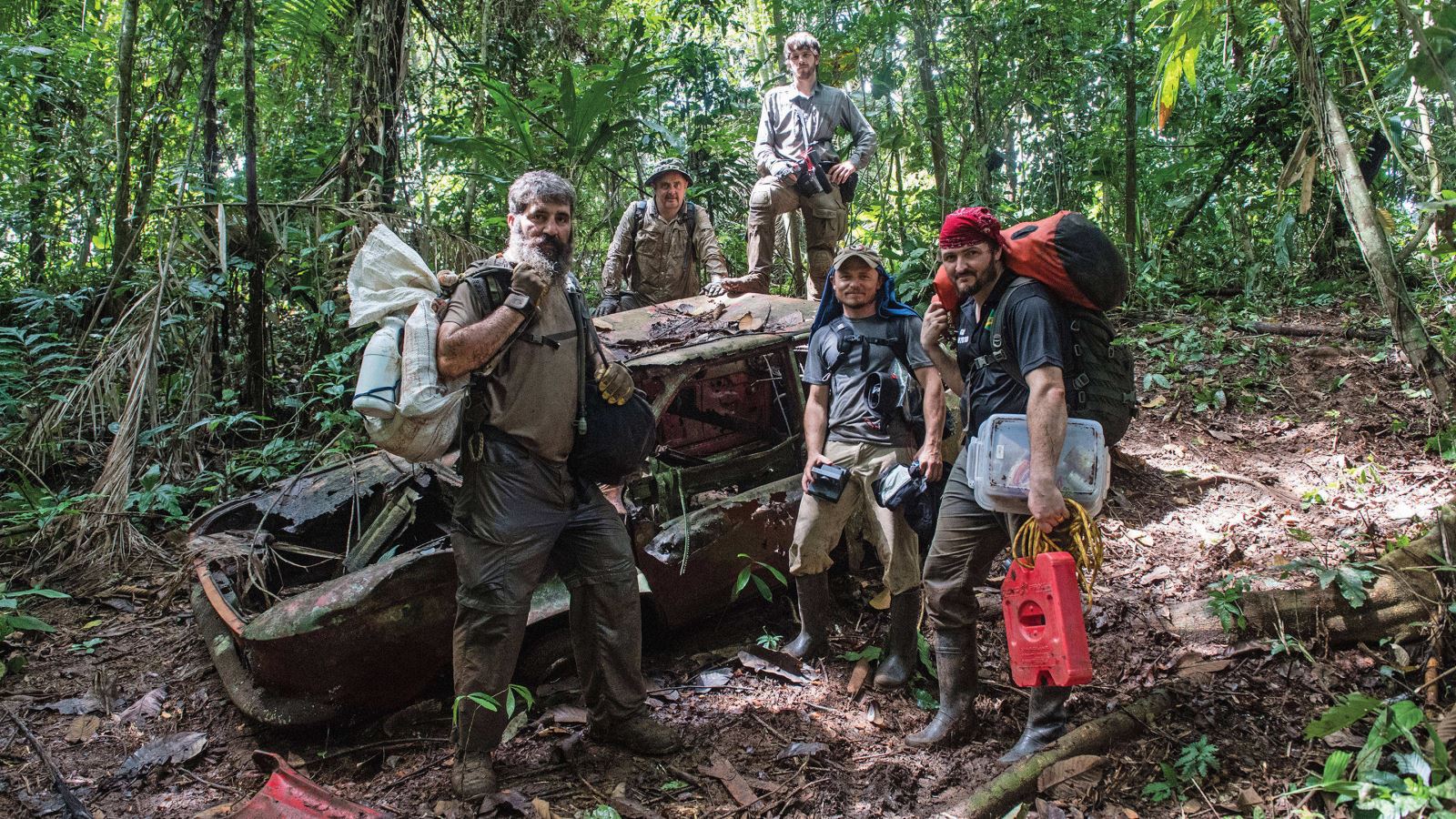
The Pan-American Highway passes through many diverse climates and ecological types – ranging from dense jungles to arid deserts and barren tundra – some of which are only fully passable only during the dry season, and in many regions driving is occasionally hazardous.
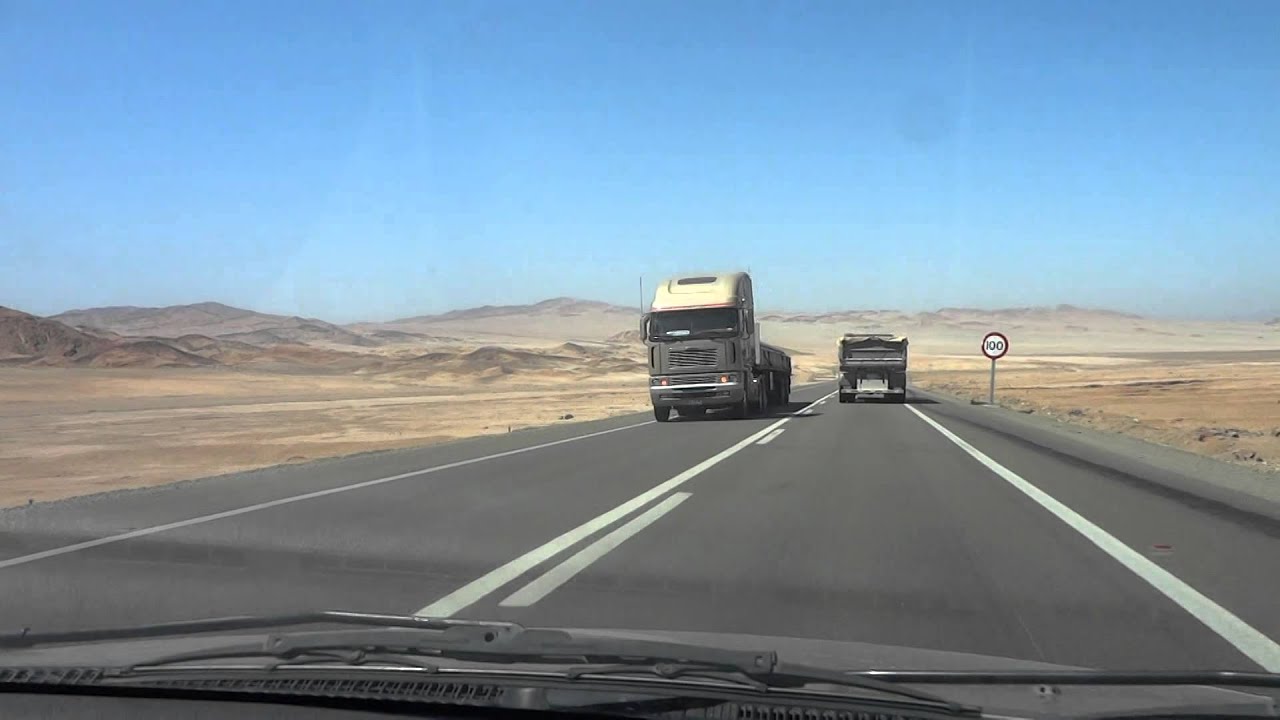
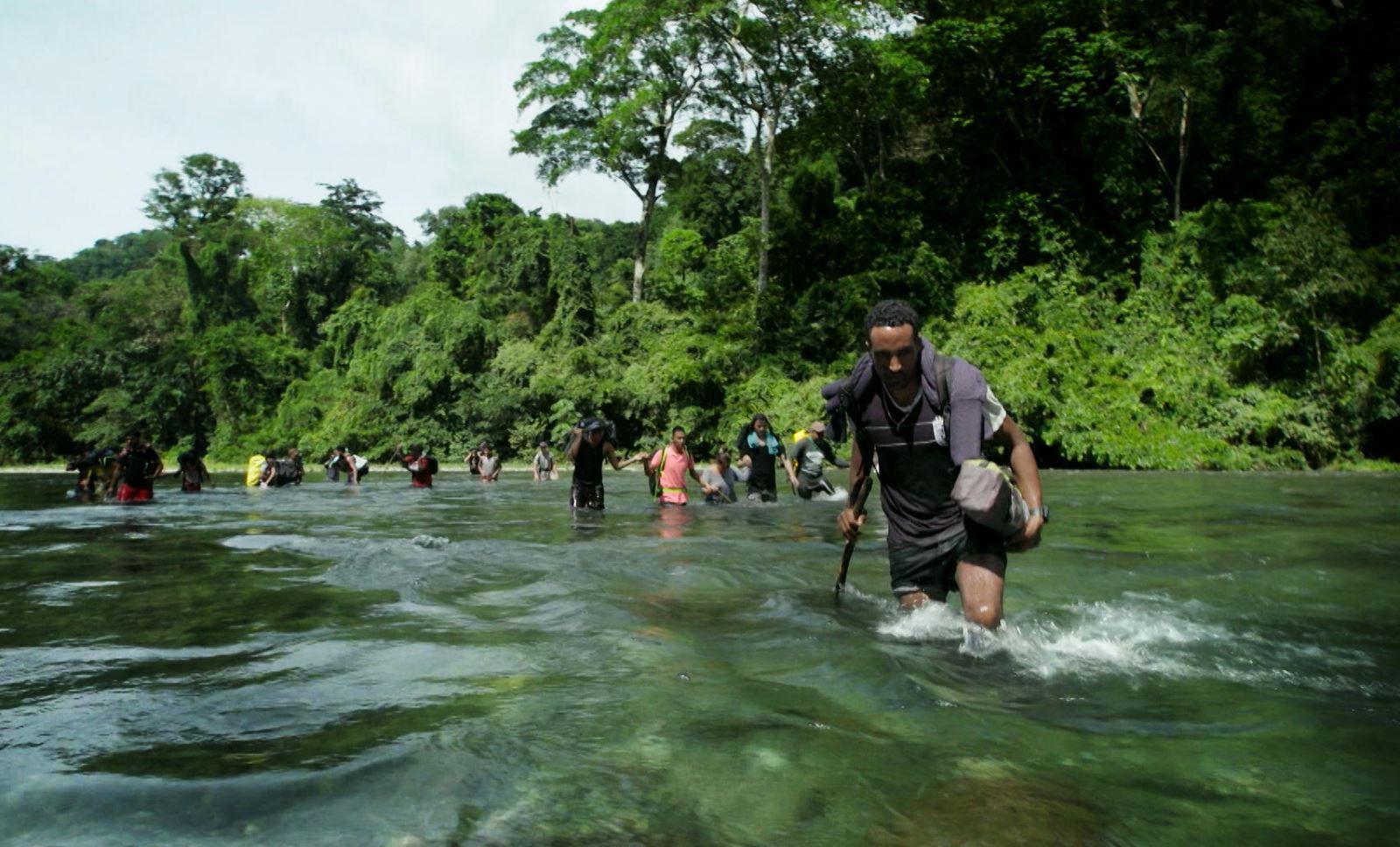
The Pan-American Highway system is physically mostly complete and extends in de facto terms from Prudhoe Bay, Alaska, in North America to the lower reaches of South America. Several southern highway termini are claimed to exist, including the cities of Puerto Montt and Quellón in Chile and Ushuaia in Argentina. West and north of the Darién Gap, it is also known as the Inter-American Highway through Central America and Mexico where it splits into several spurs leading to the Mexico–US border.
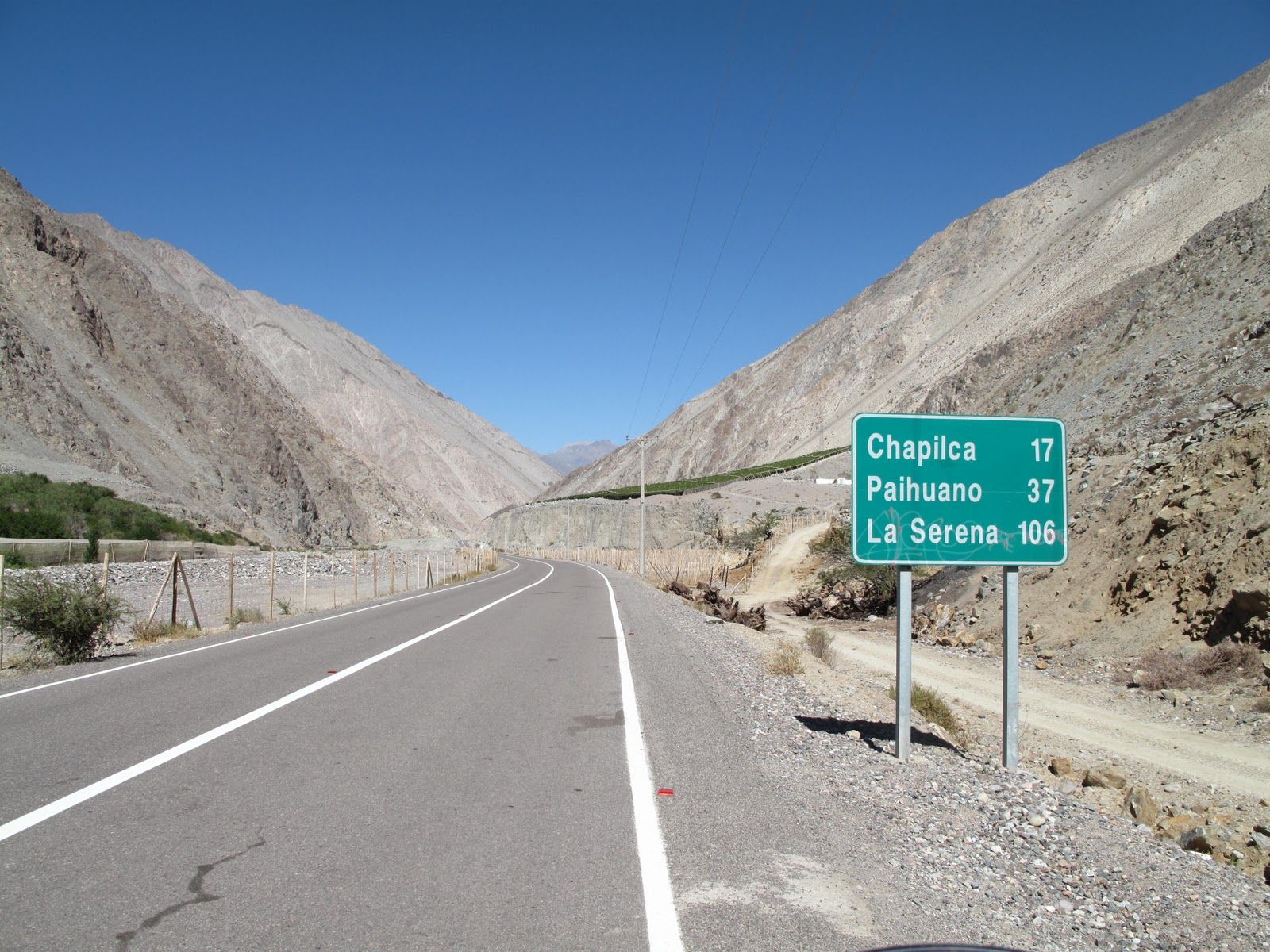
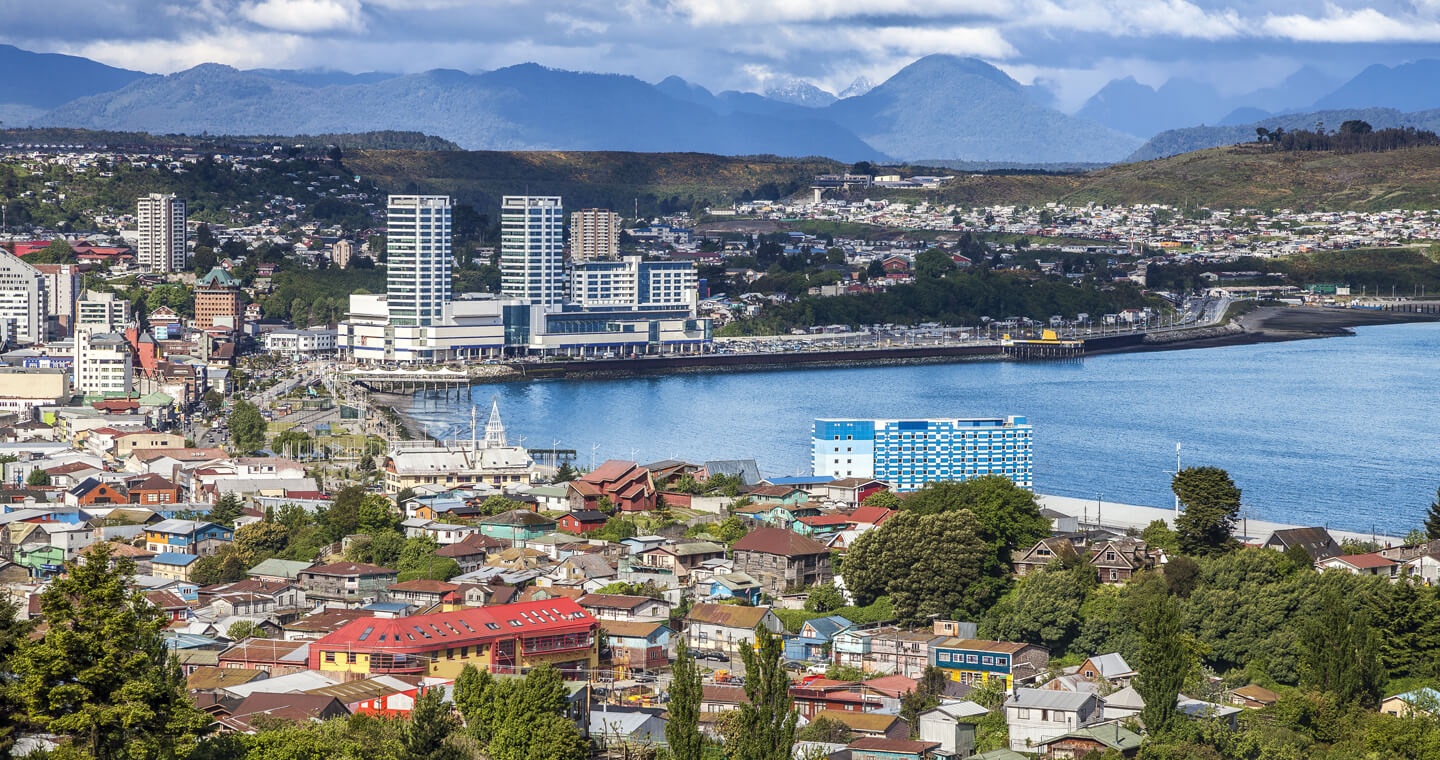
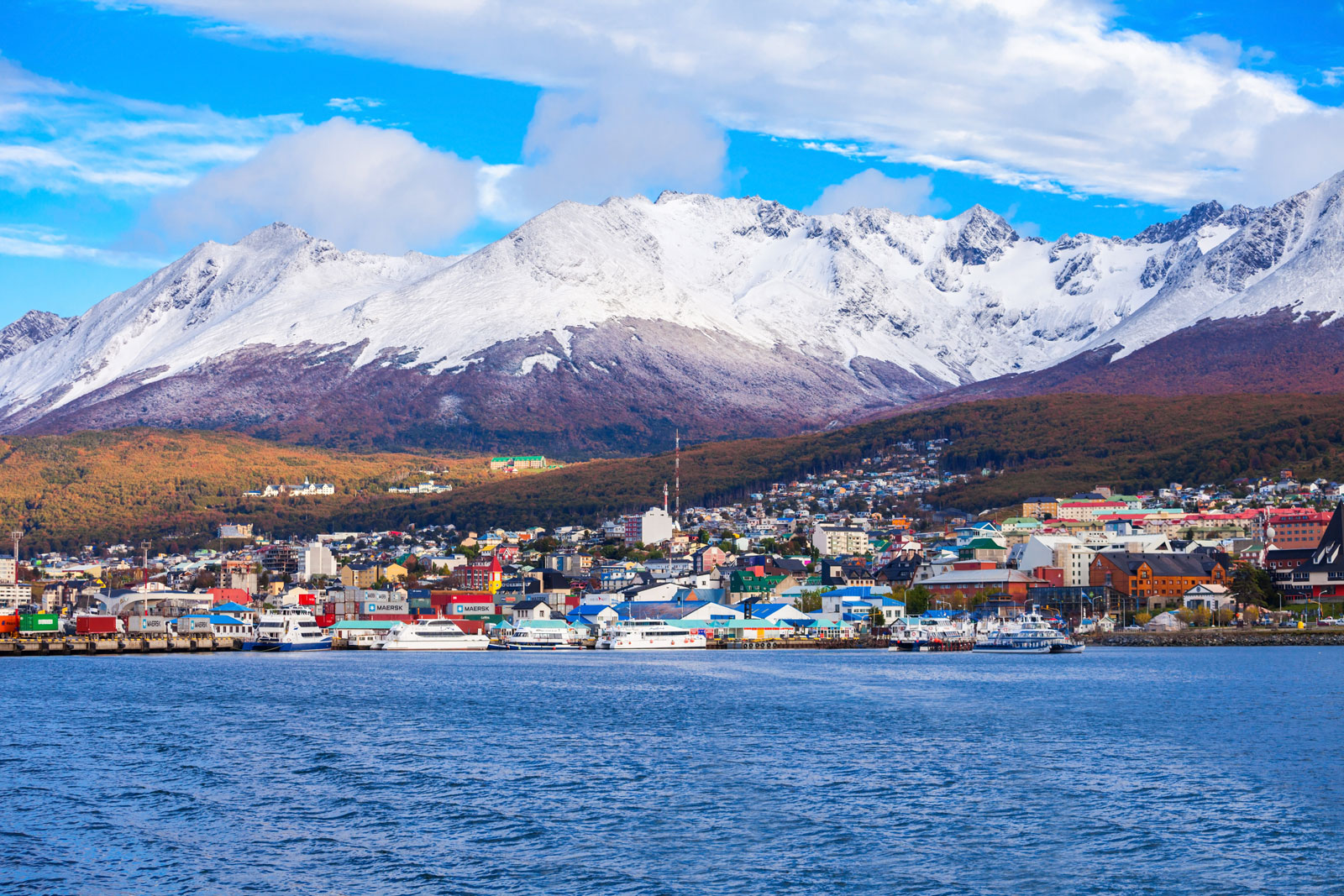
The Pan-American Highway crosses 14 countries, including Argentina, Bolivia, Chile, Colombia, Costa Rica, El Salvador, Guatemala, Honduras, Mexico, Nicaragua, Panama, Peru, Canada, and the United States.
According to en.wikipedia



